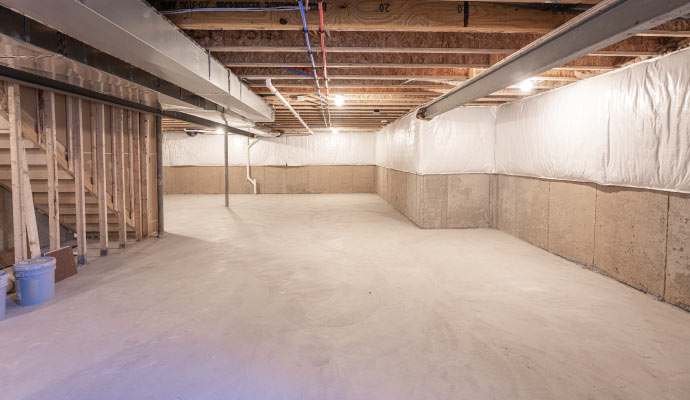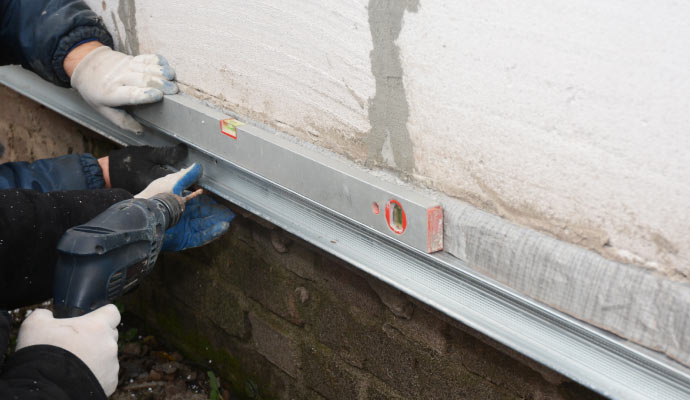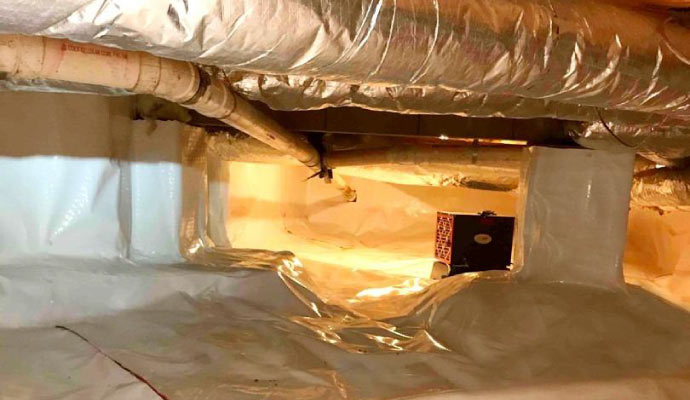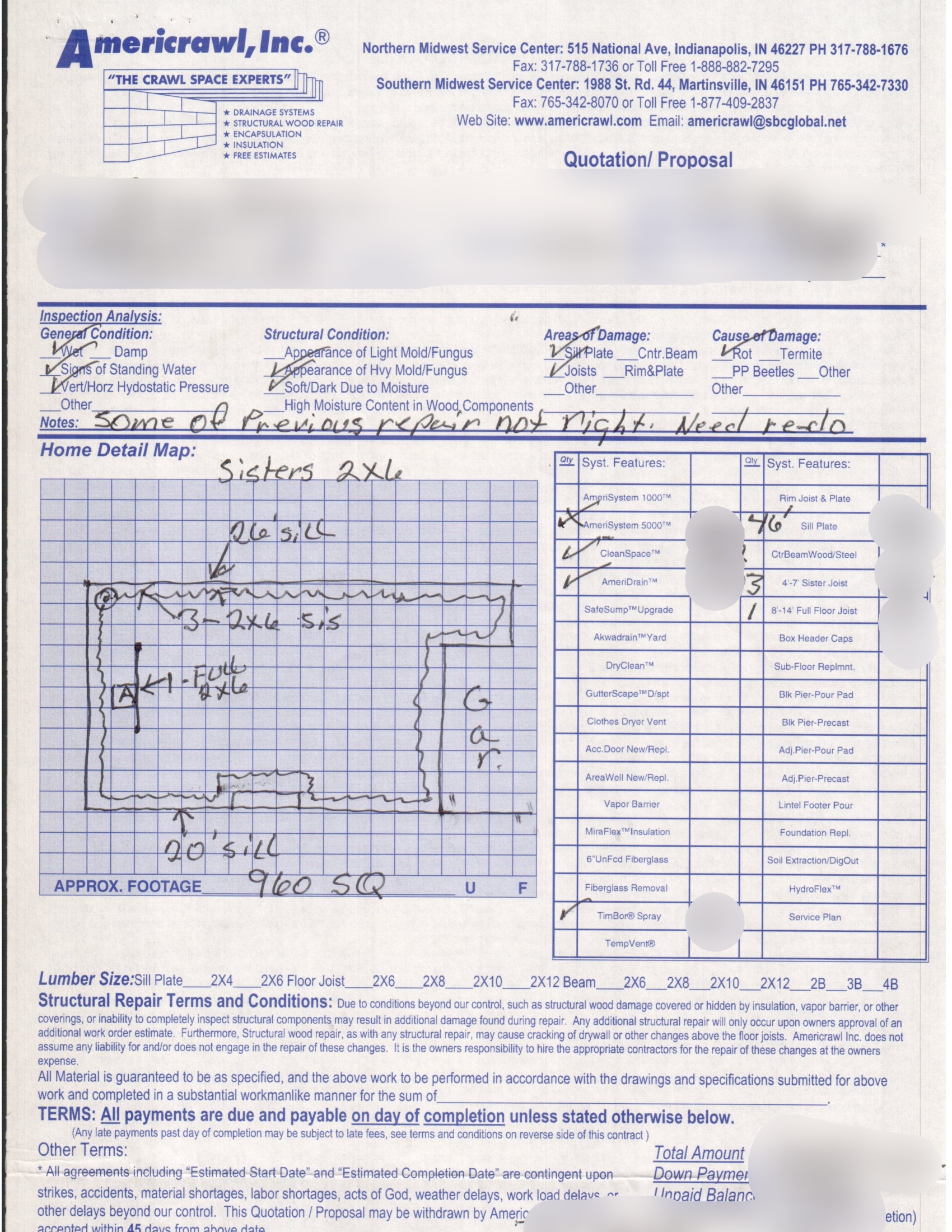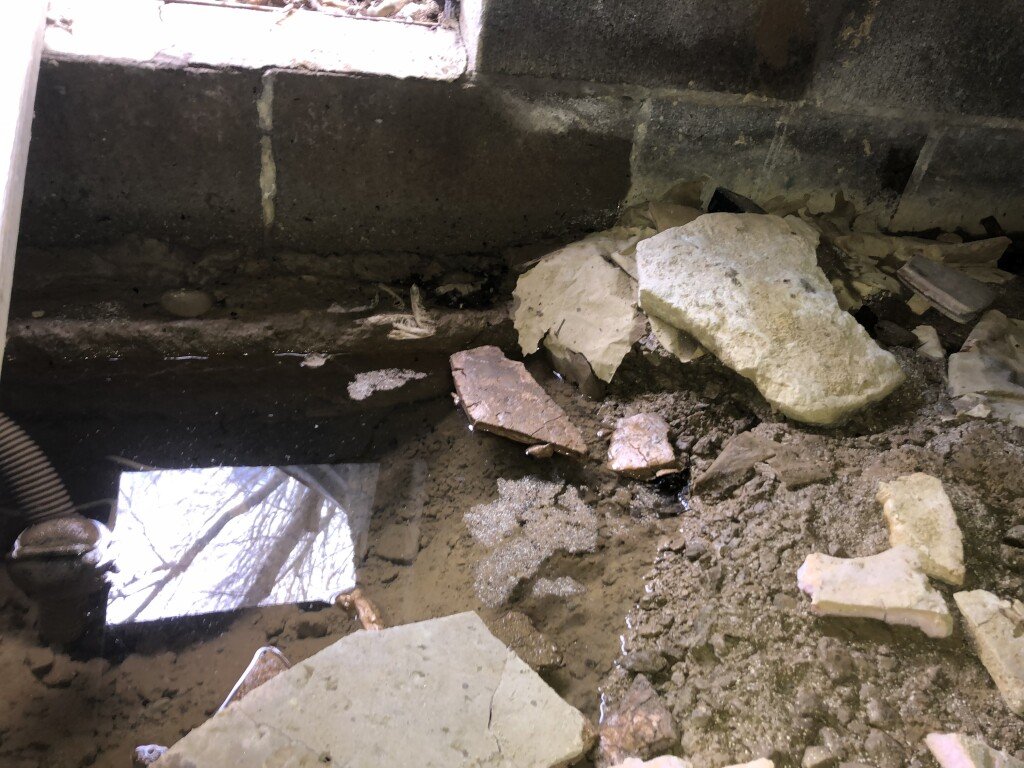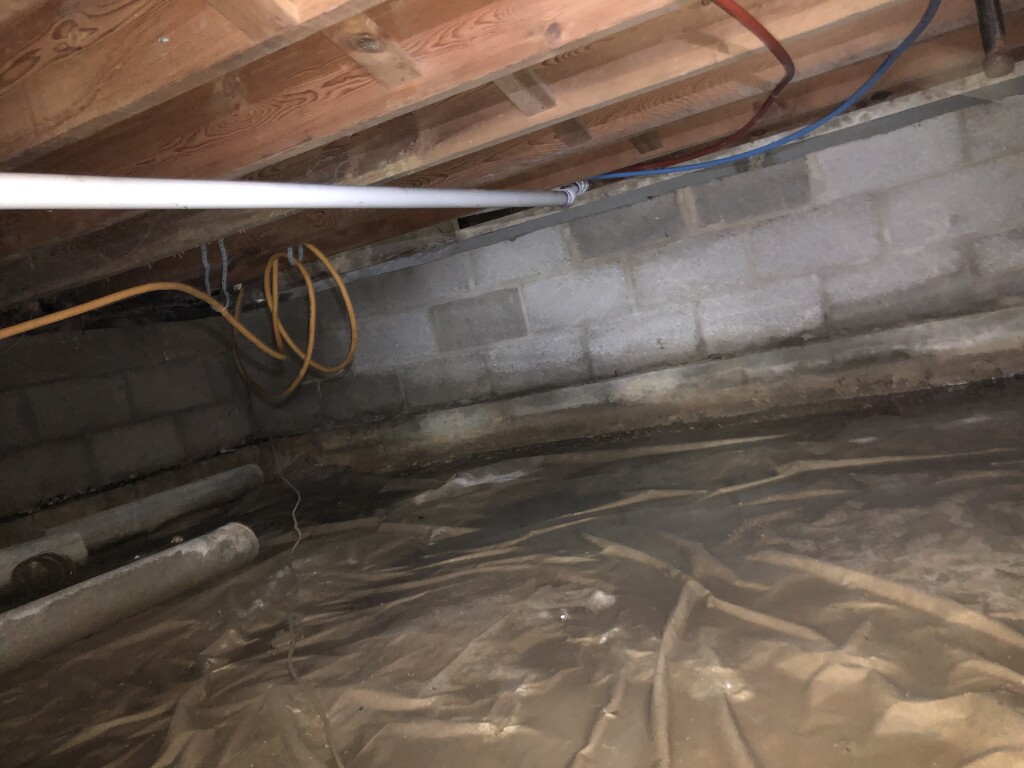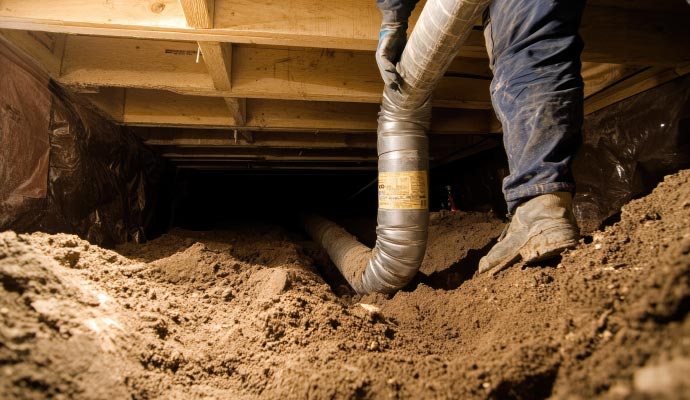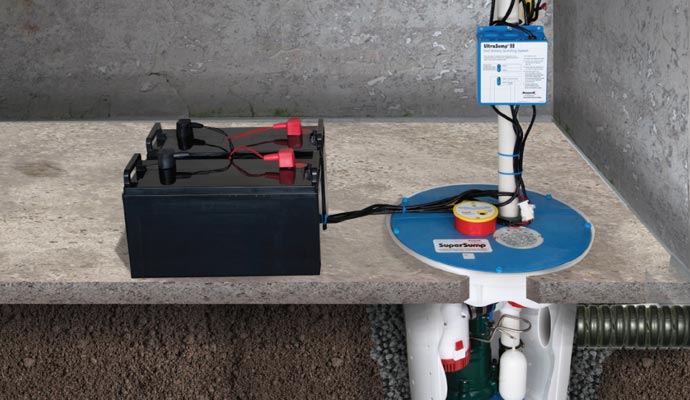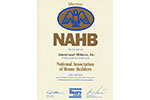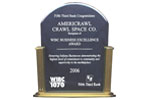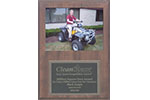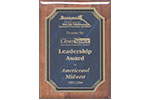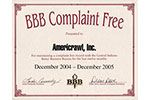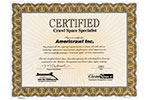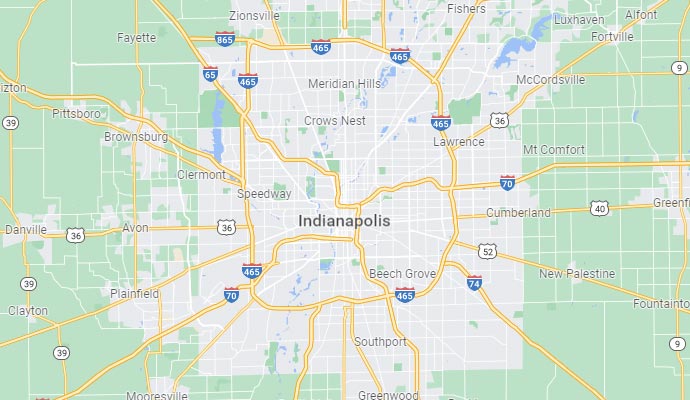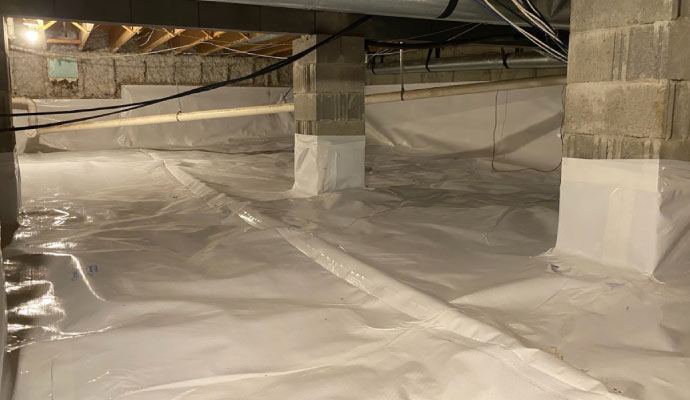
Crawl Space Services in Indianapolis & Central Indiana
Your crawl space plays a vital role in your home's safety and well-being, yet it often gets ignored. At Americrawl, we offer professional crawl space services to safeguard your home from water damage, mold, pests, and structural problems. We use high-quality products and proven techniques to keep your crawl space in great shape. If you're in Indianapolis, Central Indiana, and surrounding cities, call us today for a one-stop solution for all your crawl space care needs!
463-218-6767Our Comprehensive Crawl Space Services at Americrawl
We provide complete crawl space services to residents in Brownsburg, Fort Wayne, Carmel, and nearby cities close. Our offereings include:

Encapsulation Service
Crawl space encapsulation protects the area from moisture and pests. This improves your indoor air quality and keeps energy bills low. We encapsulate your crawl space to stop mold, mildew, and musty smells while also tackling dampness and pests. By using a vapor barrier and dehumidifier, our skilled team at Americrawl keeps your crawl space dry. Create a healthier and more energy-efficient home with our encapsulation service.
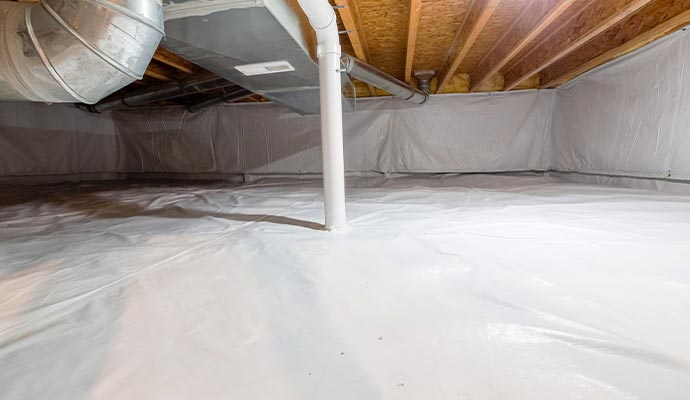
Ventilate Your Crawl Space
In the summer, hot, humid air coming through the crawl space vents can cause condensation, mold, and wood decay, attracting pests. During winter, poor insulation will lead to cold floods and higher heating bills. Mold in your crawl space can also affect your indoor air, leading to health problems. Choose our services to avoid ventilation issues and protect your home and indoor air quality.
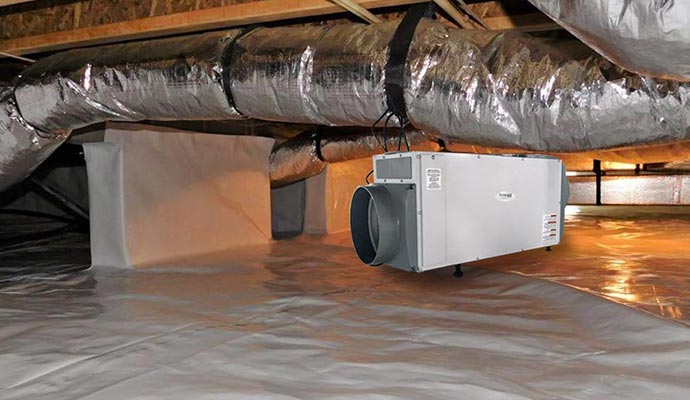
Dehumidify the Area
Keeping your crawl space moisture-free is important for a healthy home. Our team uses high-grade dehumidifiers that reduce excess moisture, stop mold from growing, and enhance your air quality. A dry crawl space helps prevent damage to your home and provides cleaner air for you and your loved ones. So reach out to us today to improve your crawl space with our dehumidification service!
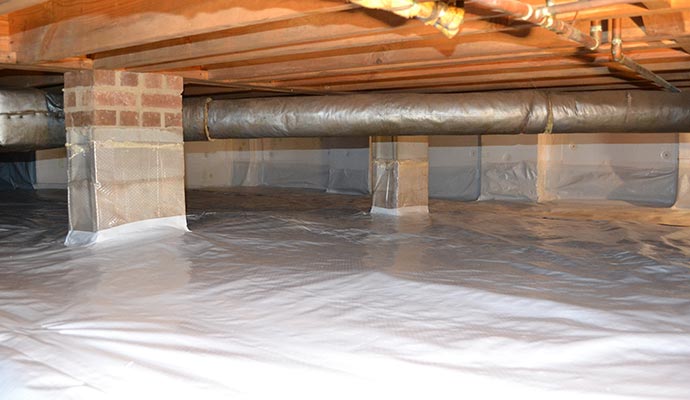
Waterproofing Services
Waterproofing keeps water and moisture out of your crawl space, protecting your home from mold, pests, and structural damage. We use a variety of methods for waterproofing a crawl space. We repair leaking cracks, install barriers, and add proper drainage to keep the space dry. Try our waterproofing services to improve indoor air quality, prevent damage, and create a healthier environment for your home.
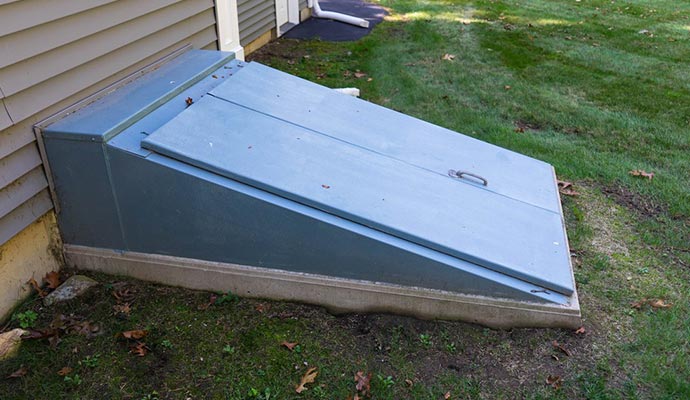
Crawl Space Access
A proper door ensures easy access to your crawl space while safeguarding it from potential damage. Damaged crawl space access doors with cracks or holes can let in moisture, leading to mold growth and pest infestations.
Upgrade to durable, heavy-duty doors to keep your crawl space safe year-round. We provide repair, replacement, and installation services to maintain a dry, secure, and easily accessible crawl space.
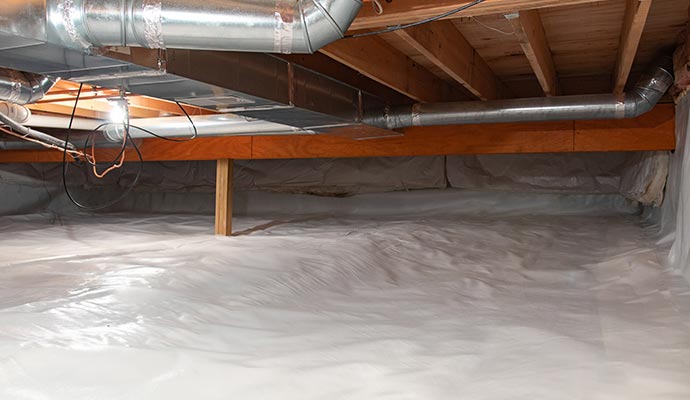
Crawl Space Repairs
Issues in your crawl space can lead to a long list of other problems for your property. But with our crawl space repair services, you can stay worry-free all year round. We tackle all kinds of crawl space issues, from moisture and pests to mold damage. Keep your crawl space in good condition with Americrawl's services today.
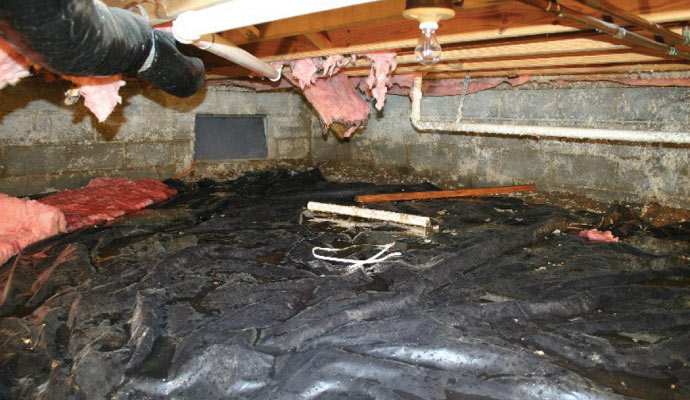
Trouble in Your Crawl Space? Look Out for These Telltale Signs!
- Excessive Moisture & Humidity
- Lack of Airflow & Ventilation
- Cracks in the Foundation
- Pest or Rodent Infestations
- Standing Water
If you notice these signs in your crawl space, schedule an inspection with us to identify problems and find the right solutions.
Additional Services for Your Home
Aside from addressing your crawl space issues, we also provide other services, including:
Basement Waterproofing
Waterproof your basement with us. We use a wide range of techniques to create a completely waterproof basement that is safe and dry all year long. Our team installs drainage systems, dehumidifies, and repairs leaks on your walls and floors. Waterproof your basement and avoid water, mold, and structural damage!
Foundation Repair Services
Foundation issues happen due to excess moisture and soil settlement. The buildup of water around your foundation walls also creates hydrostatic pressure, which leads to cracks on your walls and sagging floors. We use high-quality concrete, push or helical pier systems to stabilize and secure your home's foundation again.
Sump Pump System Services
Your sump pump plays a crucial part in preventing floods in your basement and crawl space. With our services, you can be ready for floods or any unexpected water intrusion. We offer installation services, repairs or replacement solutions, and yearly maintenance work to keep your sump pump in top-notch condition.
Moisture Control Solutions
Too much moisture will lead to mold and eventual structural damage in your basement and crawl space. Our technicians at Americrawl will use various methods like vapor barriers, dehumidifiers, and sump pumps to lower the moisture levels so your indoor air quality is healthy and your home is protected from further issues.
Call Us Now for Reliable Crawl Space Services in Indianapolis & Central Indiana
Don't let problems in your crawl space compromise your home! At Americrawl, we have a variety of crawl space services that keep your property safe from damage. Our crew tackles all kinds of crawl space issues, from water damage to mold, pest issues, and much more. Contact us today for a free inspection and let us make your home healthier, safer, and more energy-efficient. We're in North Salem, Pendleton, Pittsboro, and surrounding Central Indiana cities!
463-218-6767
